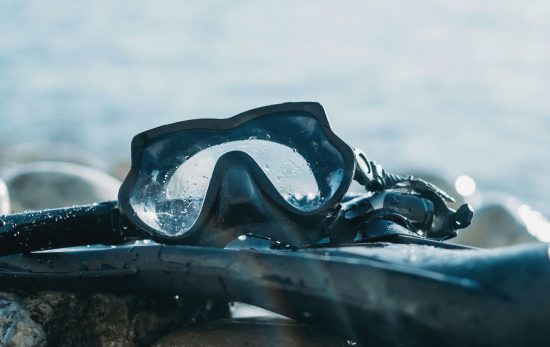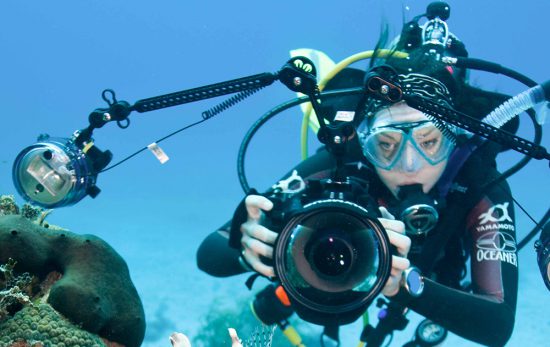All divers have experienced mask fog. Whether you’re diving a wreck, a reef, a drift, or a continental divide, this is a common issue that plagues all divers from time to time. This problem is often just a small annoyance, but can turn into a rather large hinderance for having a fun, safe dive. No one wants to struggle with a foggy mask, just to surface and have your group tell you about the shark you missed while below the surface. This is why having an understanding of what causes mask defog and how you can fix it is so important.
Not already scuba certified? Start your Open Water Diver course online with PADI eLearning!
We’ve put together a definitive list for pre-dive care, mask defog products, and habits to be aware of that can contribute to and solve this problem so that you can worry less about your mask, and focus more on enjoying the dive. Whether you’re a seasoned or new diver, we hope these tips help you keep your visibility clear and your dive low-stress so that you can enjoy the magic of our underwater world.
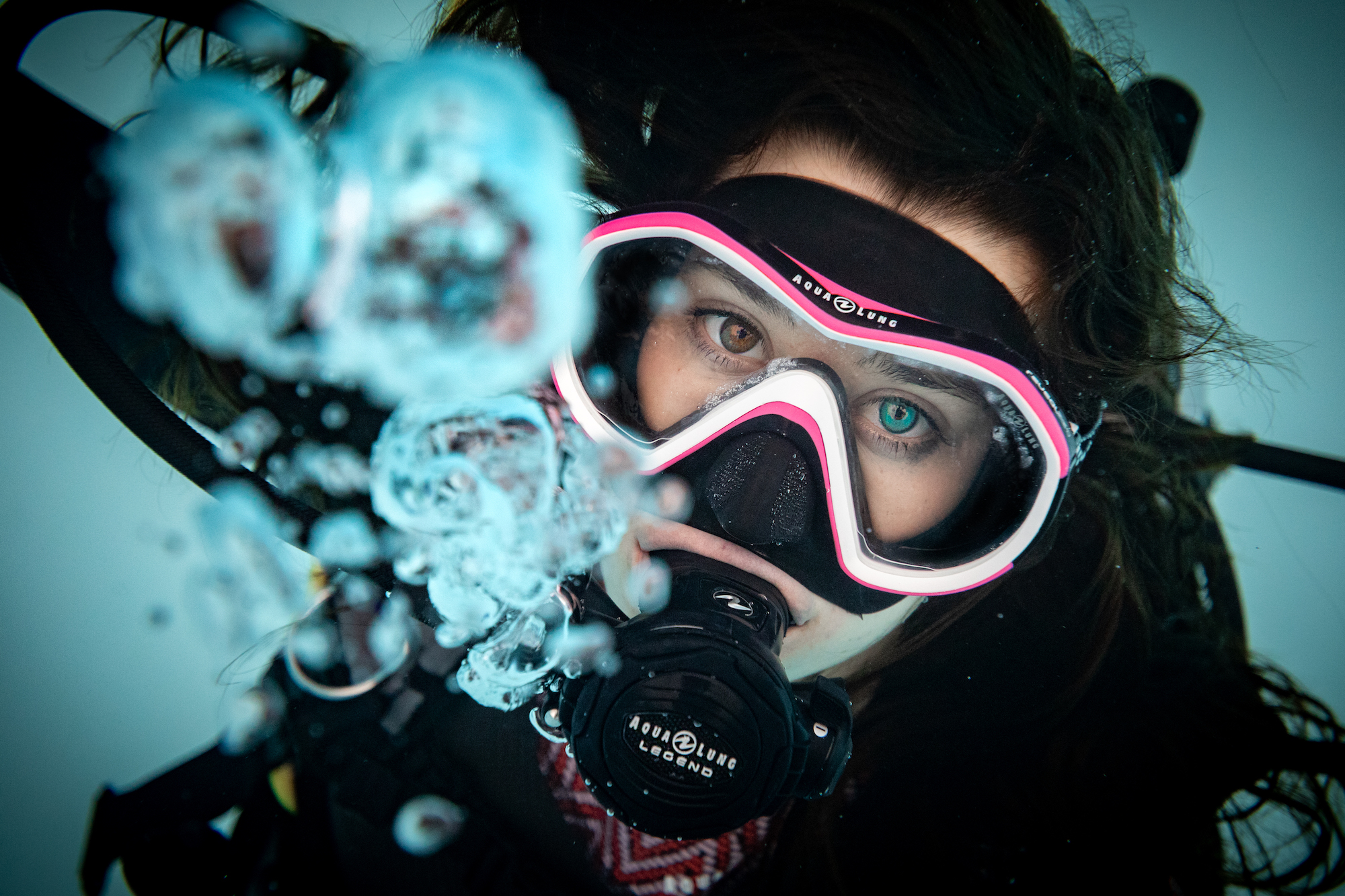
1. Pre-Dive Care
There are steps you can take as soon as you buy your mask, or at least before getting into the water to greatly reduce your chances of mask fog. Cleaning your mask with non-whitening toothpaste is a great way to reduce fog, especially for brand-new masks. There are specifically-made mask cleaning products on the market, but toothpaste is our favorite inexpensive alternative.
To try this method, start by using either a soft-bristled toothbrush or your finger. If you use your fingers, it’s important to wash them so that the oils from your hands don’t prevent you from cleaning the mask properly. Spread toothpaste on the lenses inside your mask and rub it in to cover the lenses completely. Then, wash out your mask while trying not to touch the glass. Once you’re done, test it by breathing into your mask and seeing how it holds up. You may have to repeat this method once or twice, but this is one of the best ways to reduce mask fog long term.
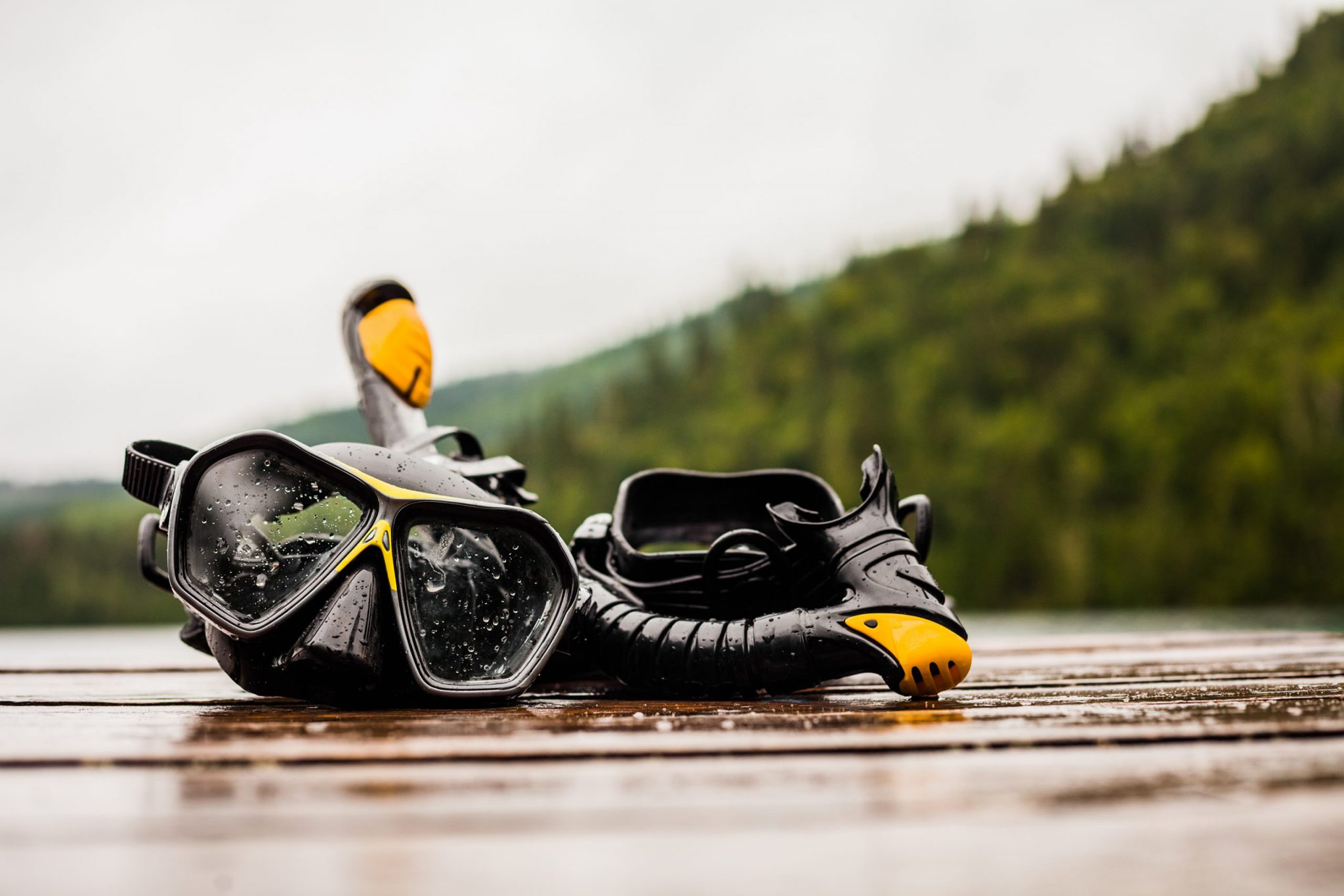
2. Mask Defog Products
The toothpaste treatment we just learned about should help, but most divers also use some kind of anti-fog during their dives. Here are three of the most common options:
- Defog products: There are a ton of sprays and serums specifically marketed towards defogging snorkel and scuba masks. Generally, they all work the same way. Put enough product on to coat your lenses, swish it around, then rinse your mask once in fresh or saltwater before putting it on for your dive. These products usually cost around $6-10 for a two ounce bottle, but a little goes a long way. The bottle should last you a while, and sometimes one treatment will last you multiple dives without reapplication.
- Baby shampoo: This inexpensive and popular alternative to defog products requires an easy concoction. Dilute a few drops of baby shampoo in water and pour it into a spray bottle. Then use it the same way as commercial defog: spray, swish, and rinse. This method is very popular, but remember to use baby shampoo because it’s gentle, biodegradable, and you don’t need much of it.
- Spit: New divers might raise their eyebrows, but this is a common, effective, and free method to fight mask fog. In fact, many divers say that spit is more effective than anything you can buy, and you don’t risk realizing you forgot your defog bottle at home. Again, the process is the similar: spit, swish, and rinse.
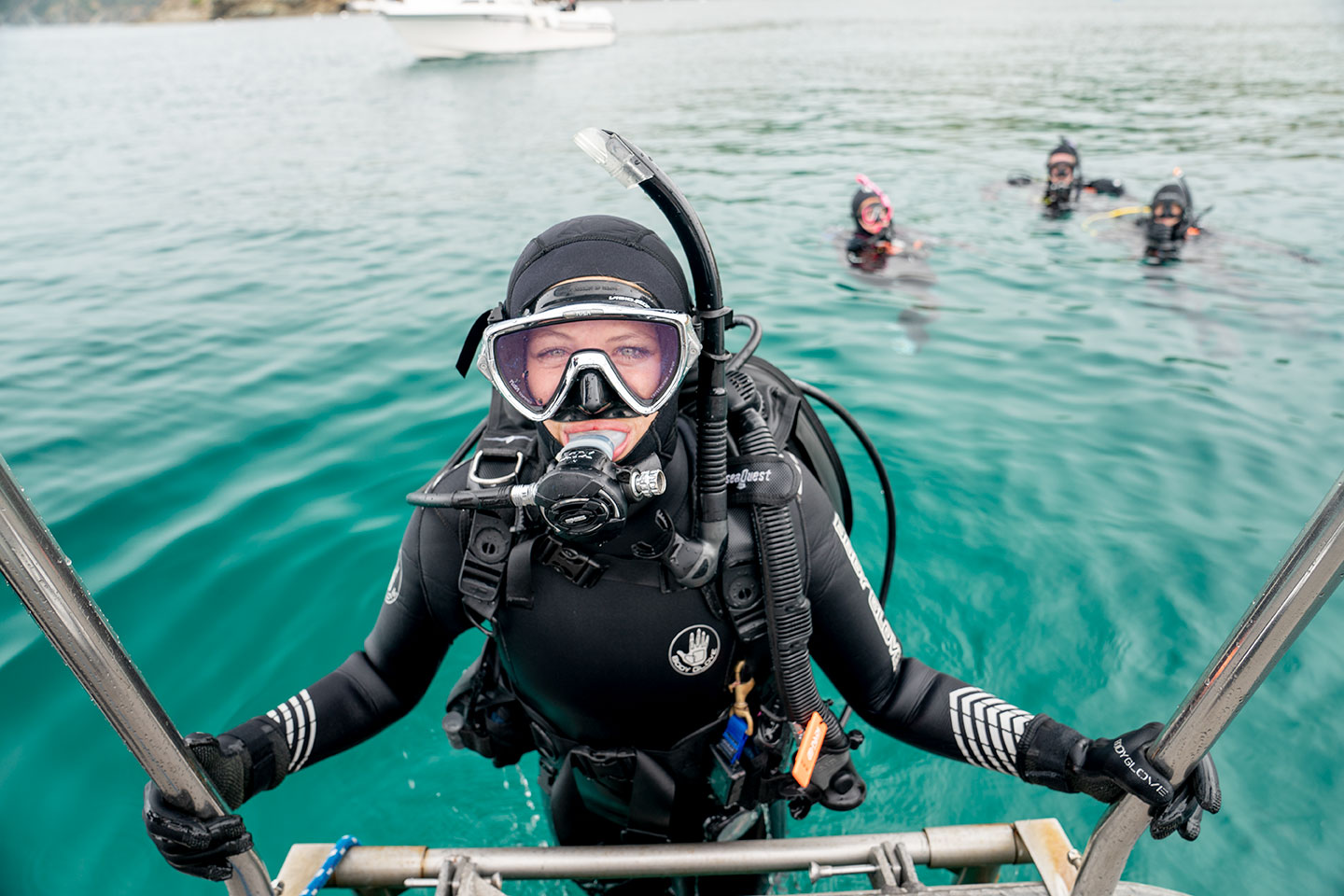
3. Habits
If you’ve pre-treated your mask, used a defog product, and are still having trouble with mask fog, there may be a few small adjustments in your dive habits that can make all the difference.
- Avoid touching the inside of your mask, especially right after you use defog products. Touching your mask transfers oils into it, negating the product’s effect and dirtying your mask. While many divers apply defog with their fingers, try to avoid this action if you’re finding your mask still fogs after application. Use a defog that can easily swish around inside your mask rather than needing to be manually spread, and once it’s rinsed, don’t put your hands back in it.
- Don’t breathe out of your nose. It may take time to adjust to solely breathing in and out through your mouth, but exhaling through your nose is a common cause of mask fog. Focus on how you’re breathing to see if this might be one of the culprits.
- Make sure your mask fits properly. This goes hand in hand with the previous point. If your mask is flooding frequently, you’re going to have to breathe out of your nose to clear it too often. Additionally, the moisture getting into your mask will promote the condensation that causes mask fog. In an ideal world, you would put the mask onto your dry face and that area would stay dry for the entire dive. In reality, there’s always going to be some amount of moisture getting in. But, if you’re struggling with excessive mask fog you may want to try reducing the amount of water that comes in contact with your mask during the dive.
Related Reading
- Quickly refresh your mask clearing skills with PADI’s How To YouTube series: How To | Mask Clear.
- Check out this blog on Mastering Your Mask Skills.
- Looking to buy your first scuba mask? Check out this Beginners Guide to Buying a Mask.
- Are you a mustache diver?! Check out this blog: Moustache Divers: Tips for Improving your Mask Seal.
